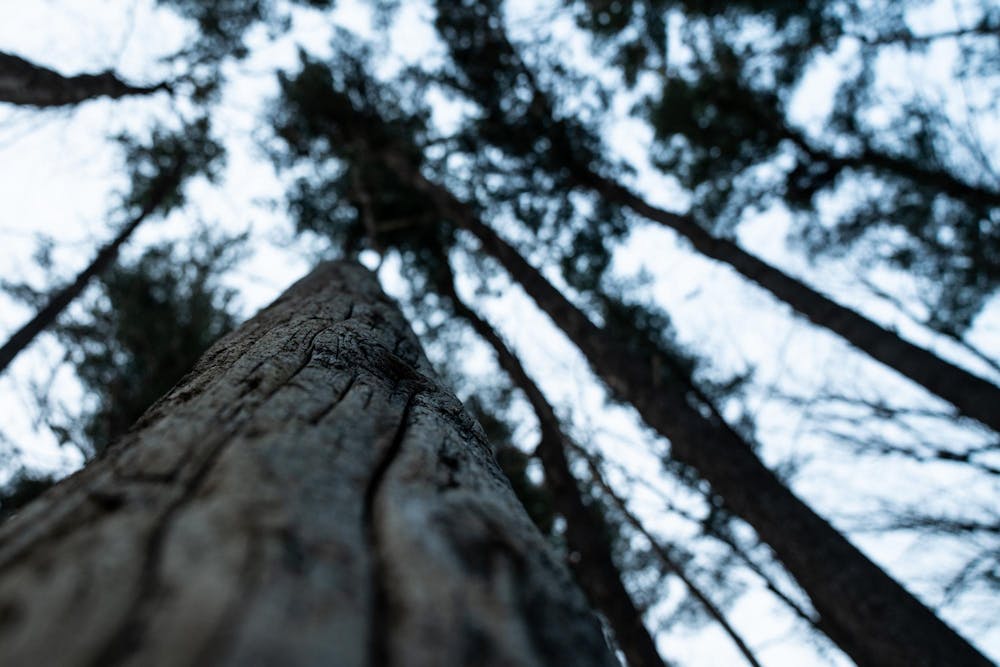Hidden deep in the woods near Michigan State University lies a portal to a world far from the bustle of campus life.
This ordinary clearing in the woods has been the host of cult rituals, celebrations for fantastical creatures and was briefly involved in a famous missing-persons case.
Though it's tough to find in the annals of university history, the students who routinely took the moonlit trek there nearly half a century ago gave it a name: Party Hollow.
Party Hollow saw regular visitors from around 1967 to 1982, according to archival documents and witness accounts. But its existence, however brief, shows how a community's "misfits" can turn an ordinary patch of land into a place of refuge and fantasy, according to a sociologist.

Party Hollow’s origins
When members of the fledgling MSU Tolkien Fellowship discovered Party Hollow tucked away in the forest east of Holmes Hall in the mid-1960s, they knew they weren’t its first visitors.
An "established trail" wound from the edge of the woods to the clearing, said Tracie Brown, a founding member of the group.
Party Hollow was around 30 yards in diameter, a "small natural amphitheater" surrounded by trees and bordering the Red Cedar River, according to Brown. Its name likely derived from a combination of sites from Tolkien’s work like "Party Field" and "Crickhollow," suspects Catherine Madsen, another former member of the group.
Brown says the Tolkien Fellowship began hosting yearly birthday celebrations for Bilbo and Frodo Baggins — dwarf-like creatures known as "Hobbits" that were featured in Tolkien’s writing — at Party Hollow in 1967.
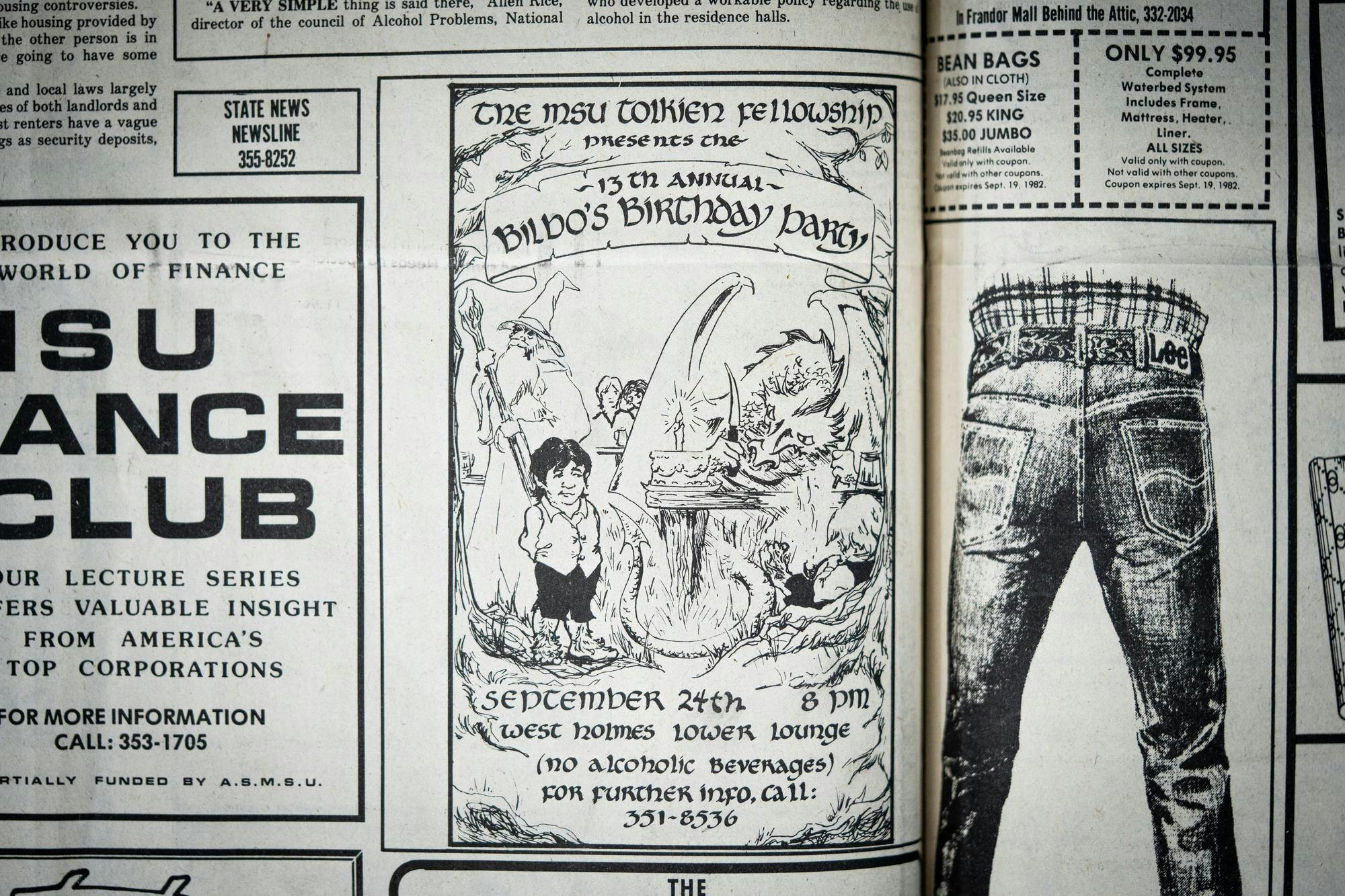
State News archive.
Members would meet in a nearby residence hall toward the beginning of the semester, some in costume, some with instruments in tow, before disappearing into the woods toward Party Hollow. There, they would sing Tolkien-inspired songs, recite speeches from his work, eat and sometimes set off fireworks, Brown said.
The group would then return to a nearby residence hall lounge to eat birthday cake and continue singing, Brown said.
A missing child genius
In 1979, Party Hollow had a more unconventional visitor.
Detective William Dear had flown in from Texas to search for James Dallas Egbert III, a child prodigy and MSU student who had vanished from his dorm that August.
As university administrators and police weighed Dear’s request to search the expansive network of steam tunnels under MSU for Egbert — where he had been known to play the roleplaying game Dungeons and Dragons with friends — Dear worked on another tip.
Egbert had once been a member of the MSU Science Fiction Society and had joined the group on excursions into the tunnels. But he was kicked out because he often appeared to be on drugs, and because other group members were concerned by how young he was.
His friends believed Egbert had gone to Party Hollow to die, according to a book Dear later wrote about the case.
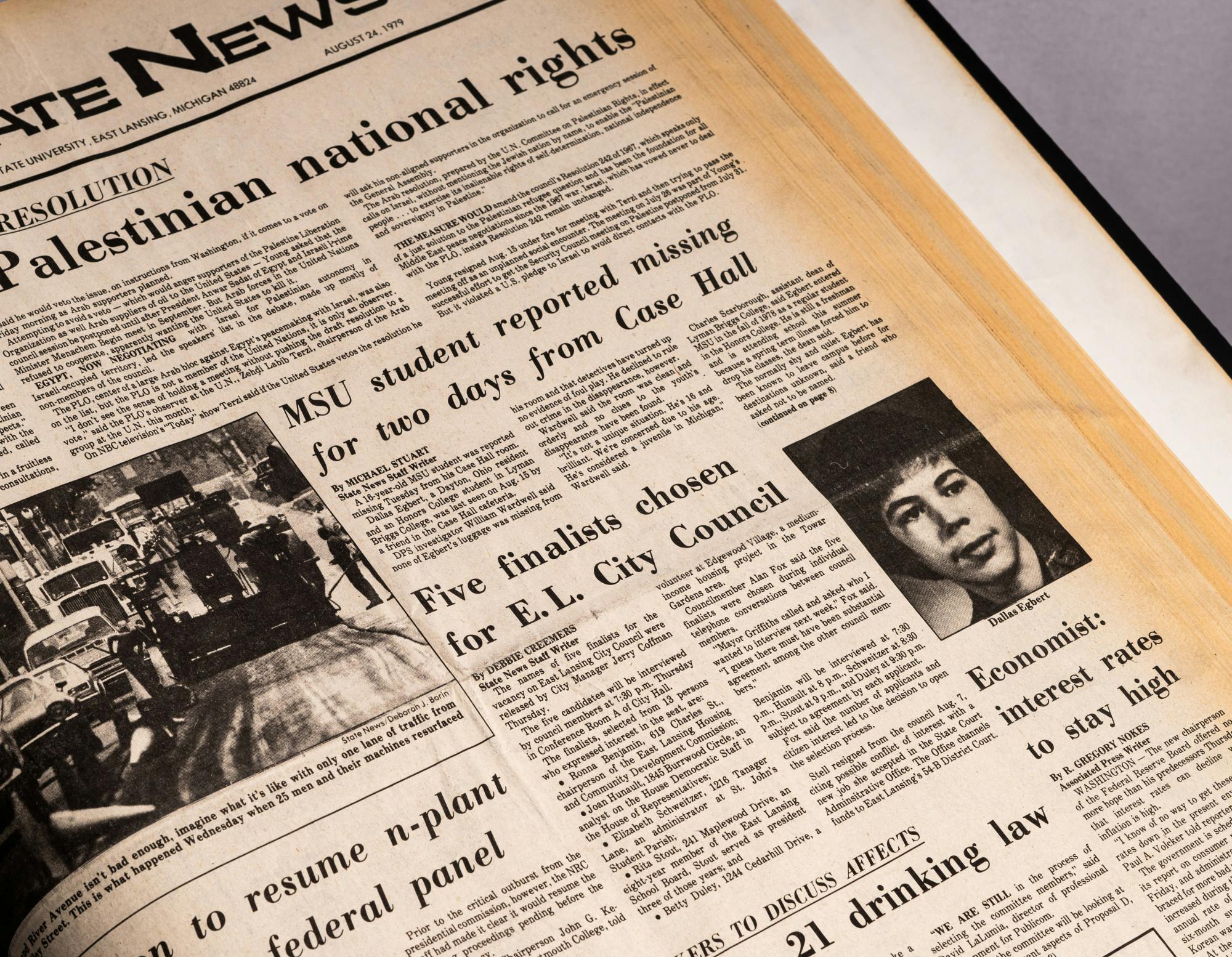
In the State News archive, a reporter named Micheal Stuart writes a piece about James Dallas Egbert III, a socially-awkward child prodigy who was thought to have gone missing in the tunnels four decades ago. In the article Micheal wrote, James had only been missing for two days. Photo Illustration by Maya Kolton.
Support student media! Please consider donating to The State News and help fund the future of journalism.
Dear and a colleague spent 30 minutes wandering through the woods looking for Party Hollow. Instead of finding Egbert’s body, the detectives spotted pentagrams and Druidic symbols painted on trees.
At Party Hollow, they found the remains of a bonfire and a note seemingly between members of an unknown campus group that indicated a gathering would be held there later that night, according to Dear's book.
Dear returned that evening and, under the cloak of darkness, kept watch over the area from a tree branch.
He watched eight students slowly make their way to the clearing and solemnly light a fire. They sat around the flame, talking quietly until — according to Dear — a girl threw her head up to the sky and yelled, "Great Gurdjieff, guide us to the goodness of God’s goals!"
From the tree, Dear couldn’t make out any of their remaining conversation. After 45 minutes, the students extinguished the fire, then left.
Dear wrote that he doubted the "cult ritual" he had witnessed had anything to do with Egbert, but he wondered whether Egbert belonged to other such groups. (Egbert was eventually found in Louisiana, where he had hitchhiked after a failed suicide attempt in the MSU tunnels. He fatally shot himself in 1980.)
A 'place of refuge'
Former Tolkien Society members denied taking part in or witnessing any evidence of cult activity at Party Hollow.
The group didn’t believe in such "superstitious nonsense," said Donald D’Ammassa, a member of the Tolkien Fellowship in the 60s.
"There were no rituals or pentagrams; in those days, those of us who did anything in the religious realm did church," Madsen wrote.
Still, the walk to Party Hollow isn’t dissimilar to a religious pilgrimage, says Thomas Gieryn, a retired sociology professor at Indiana University.
Just as a journey to a physical religious site merges the material world with the spiritual world, making the belief system "all more real," going from everyday campus life to the Tolkien-esque environment of Party Hollow merges the material world with the literary world, Gieryn said.
Indeed, Party Hollow was "a setting that evoked an image of Tolkien's world, so very much different from campus and town," Brown wrote in an email to The State News. "Tolkien loved nature, especially trees. The walk through the dark forest, lit only by lanterns and flashlights, created a romantic transition between the modern and fictional worlds."
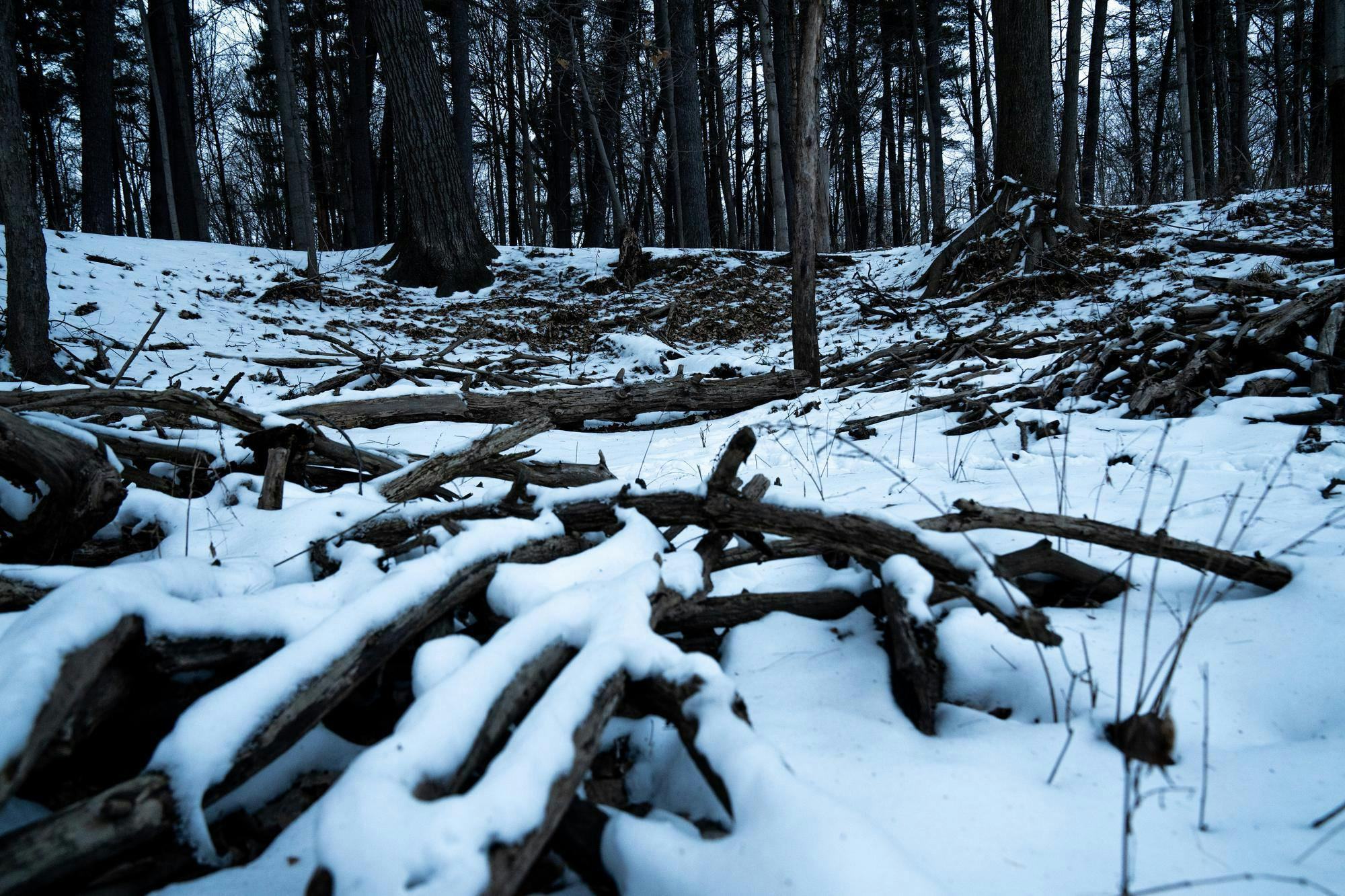
Gieryn calls Party Hollow a "transgressive place" — where "people go to do things that they could not do in other places."
The area can be seen as a "place of refuge," Gieryn said, where MSU’s outcasts could freely celebrate their shared love of science fiction. It would make sense that Egbert, who felt misunderstood and alienated by his peers, was rumored to have been a visitor.
While the founding members of the Tolkien Fellowship didn’t recall ever meeting Egbert — he attended MSU while the group was likely in its final years — Madsen said he would have fit in.
"Most of us were misfits, several had been child prodigies, and a few were seriously messed up," Madsen wrote.
Its legacy
It’s unclear when Party Hollow stopped being formally used. Advertisements for the Tolkien Fellowship’s birthday party appeared in print editions of The State News until at least 1982, though the last time Party Hollow was explicitly mentioned in one of them was in 1975.
The Tolkien Fellowship and Science Fiction Society are no longer active student groups, and the name "Party Hollow" has been long forgotten on campus.

State News archive.
But the small patch of forest that contains Party Hollow still sees visitors, whether they know the area’s history or not.
Last year, an ecological assessment of the "Beal Pinetum" — the 2.2 acre pine tree forest where Party Hollow resides — reported signs of human activity within its borders.
"Lots of trash," including what appears to be a painting of a cat, glass bottles and "evidence of encampments," was found along the southern border of the forest, according to the report.
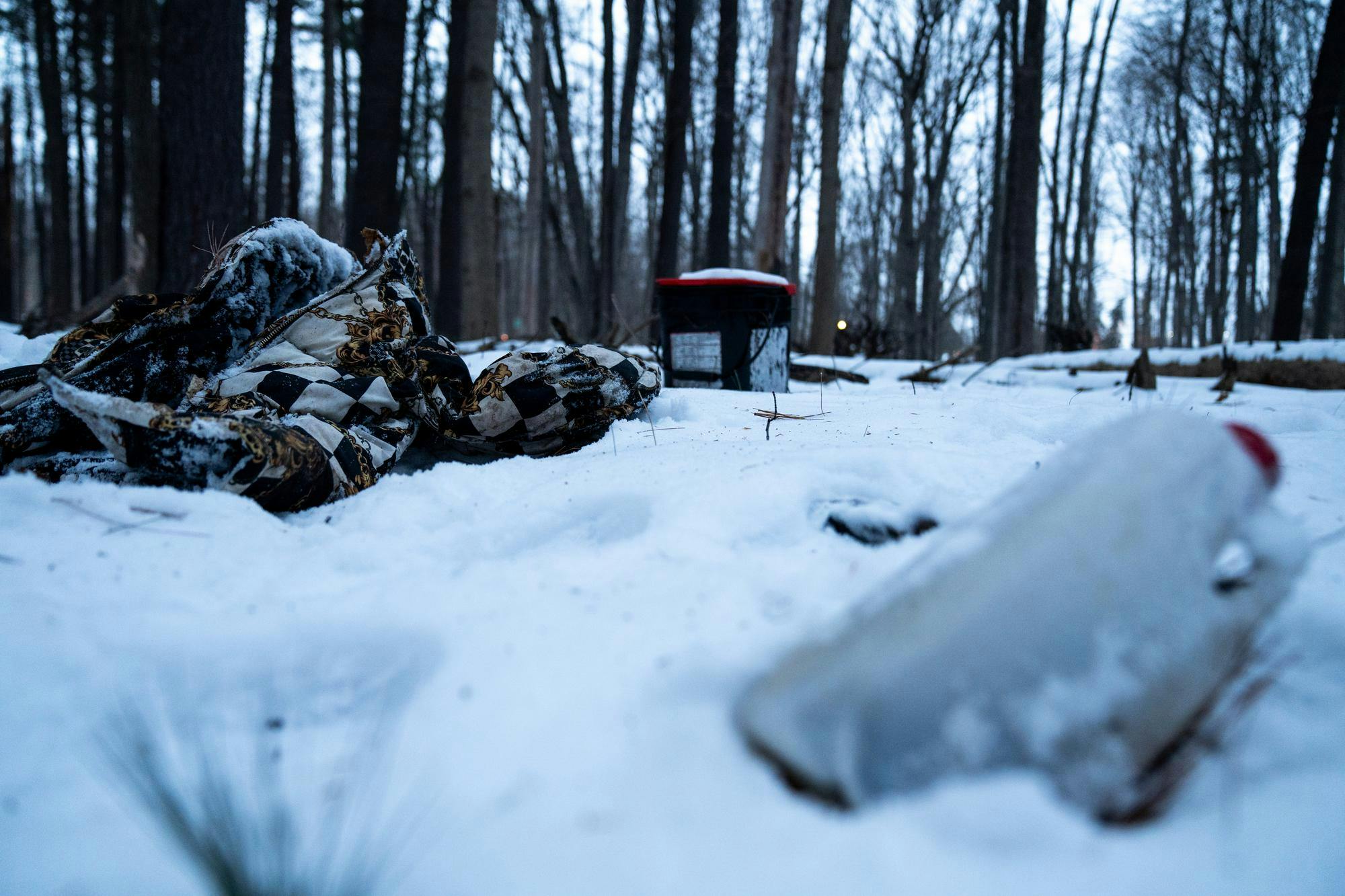
The State News found a tent, clothing and cans of food buried in the snow on a recent inspection of the forest.
The State News also found an area deep in the woods that closely matched descriptions of Party Hollow. It was by the river and had sparse tree coverage. Aside from piles of sticks and wooden planks, there weren’t any observable signs of human activity.
